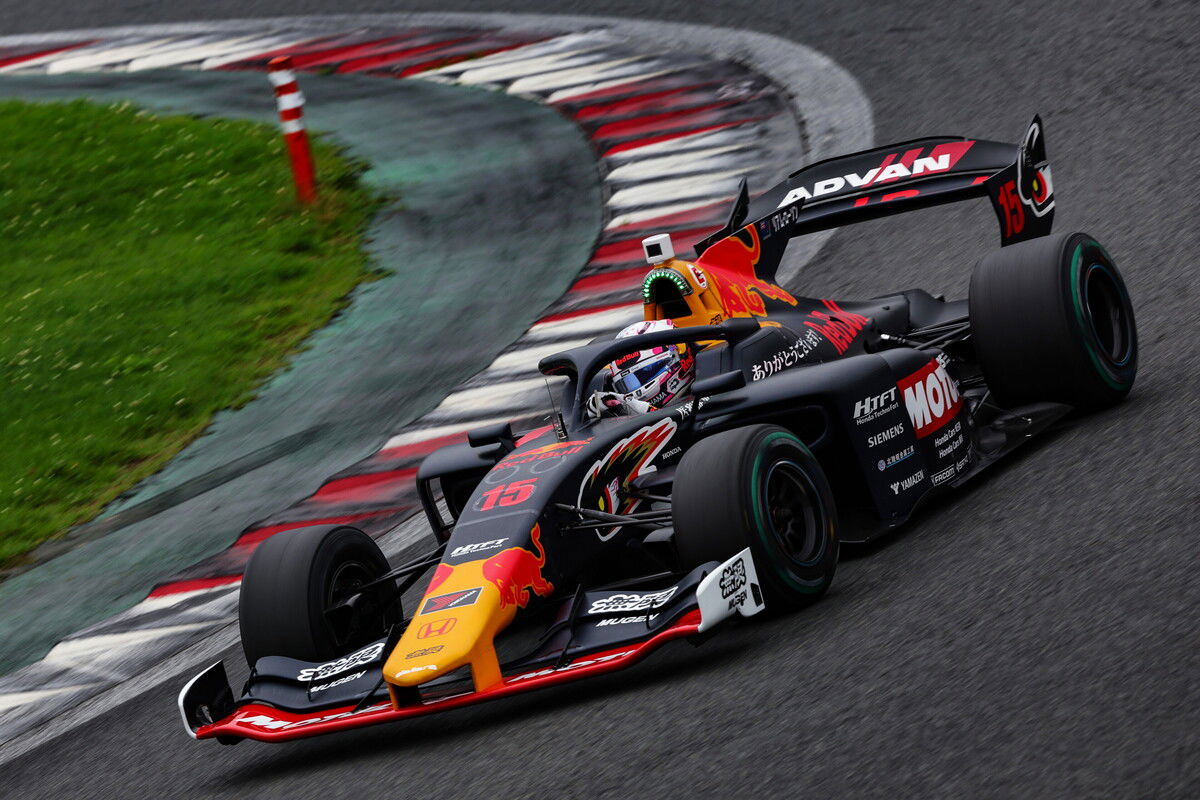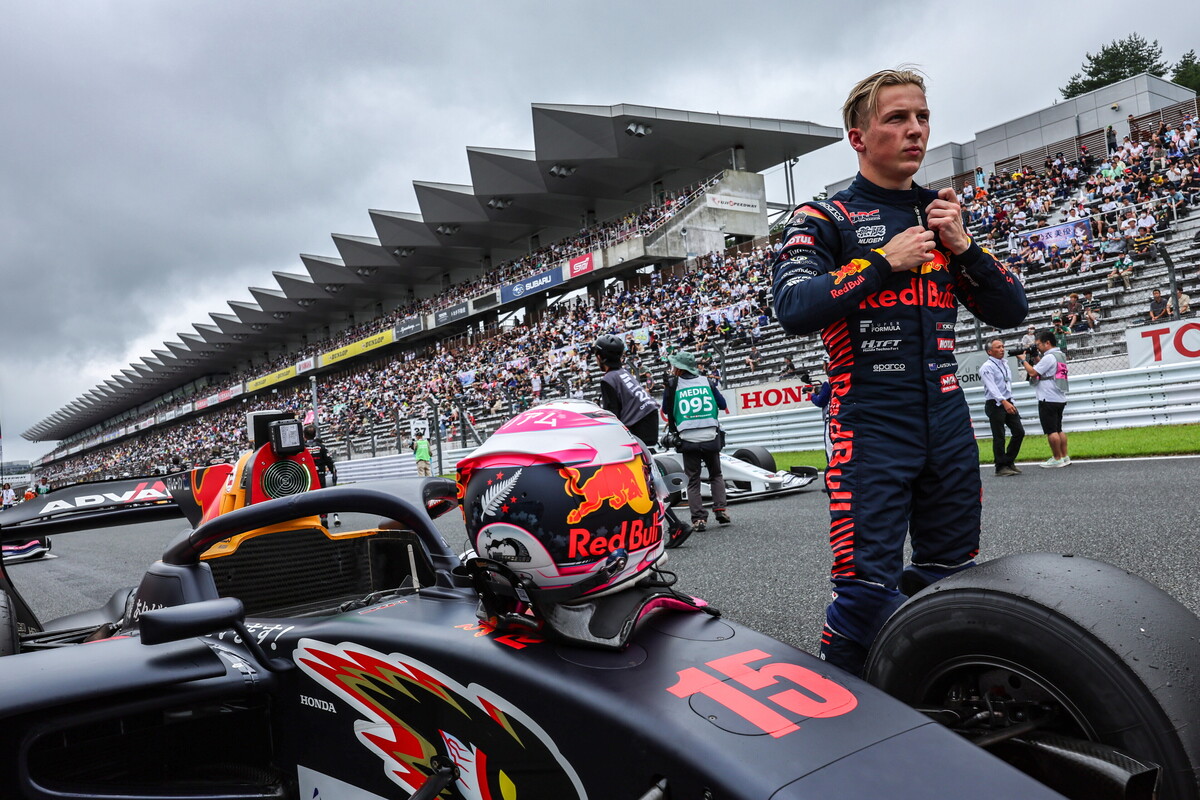

Liam Lawson believes competing in Super Formula has been a valuable stepping stone as he eyes an F1 berth.
The New Zealander is part of the Red Bull driver academy but, with no seats available in the F1 programme for 2023, was sent to race Super Formula in Japan.
It’s been a common half-step for drivers over the years, with Pierre Gasly having also raced there prior to his promotion to the sport’s pinnacle.
Lawson made an immediate impact in the open-wheel series, winning on debut and currently sits second in the championship with three rounds remaining.
“It’s been really cool,” he told Speedcafe of the experience.
“It’s very different to what I’ve been doing for the last four years, obviously, being in an around the Formula 1 paddock, and F3 and F2.
“Racing in Japan, working with Japanese teams definitely took a little bit to get used to, but it’s been very, very cool.”
While a domestic competition, Super Formula sits somewhere between Formula 2 and Formula 1 in terms of performance.
There are a lot of similarities with the latter, and it has benefits the former cannot offer.
“Formula 1 will always be the pinnacle, but it’s simply a lot closer,” Lawson said when asked where Super Formula sits in comparison to F1 and F2.
“Not just in terms of raw speed, with the way the car behaves as well.
“The stuff you’re actually working on with the car, mechanically and set-up-wise with aero as well; it’s really, really sensitive to ride heights and things like that, like Formula 1 is.
“You don’t get that sensitivity in F2,” he added.
“So in terms of the things that I’m learning as a driver, on the car set-up and things like that, it’s stuff that’s a lot closer – we don’t have the battery systems, the MGU-K stuff we’re not working with, but just in terms of just aero and the car, it’s similar to Formula 1.”

That similarity has been useful, according to Lawson, who has seen his mechanical knowledge improve as a result.
“When I first went there and we were changing stuff on the car, I didn’t know half the stuff we were doing because you’re doing much more simple things in Formula 2,” he reasoned.
“I think that’s why it’s such a big step to Formula 1, why it’s almost too big I think, and why quite often people struggle more doing it because it’s so big, trying to learn everything.
“Fortunately for me, being in a reserve driver position, doing lots of work with the team back in Milton Keynes, I get to sort of have an entry into the Formula 1 world without the driving side, but I’m still learning all this stuff behind the scenes.”
That increased knowledge, coupled with the fact he remains race-ready and actively competing in a category akin to F1 make the year in Super Formula a valuable steppingstone, Lawson reasons.
“The regulations are much more open, the teams do much more development with the car,” he said, comparing to F2.
“They’re much bigger as well, so you’re working with a lot more people, more engineers, more mechanics.
“You’re obviously the main class on the weekends as well, so you have a bit more track time.
“And then the experience as well, racing against the drivers you are versing, it’s very high level – there’s guys who’ve been there for, some of them, 10 or more years.
“So it’s been different, but it’s definitely a step up to what I’ve been doing in the past.”
The next round of the Super Formula championship is at Motegi, on August 18-20.




















Discussion about this post